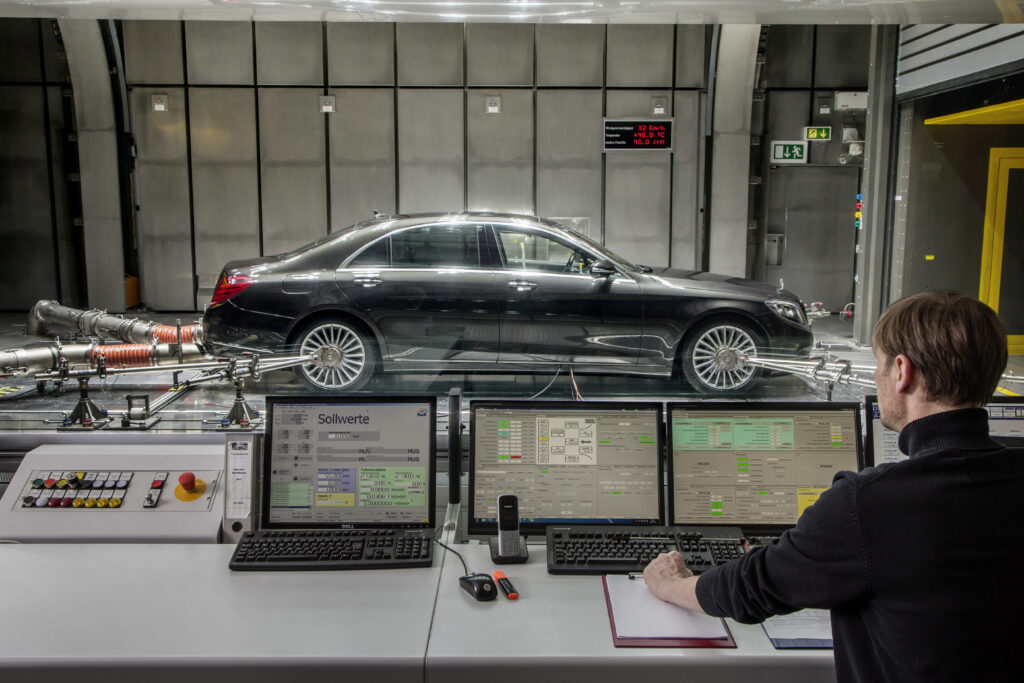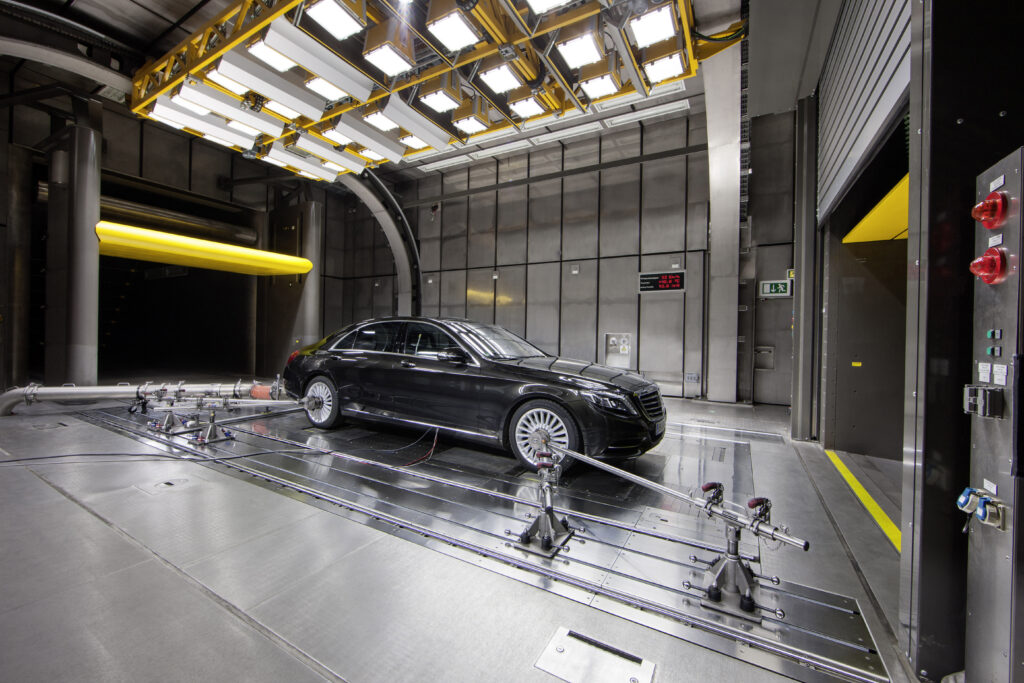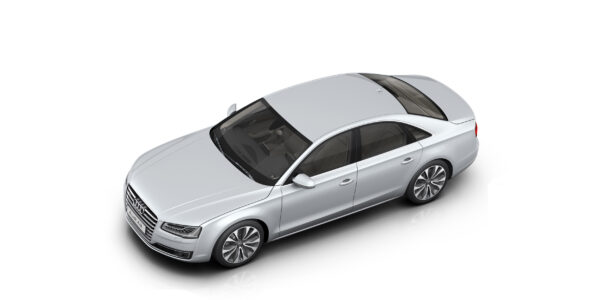Mercedes-Benz adopts R1234yf as CO2 stepping stone
- PostedPublished 18 December 2015
German brand sharing CO2 tech to accelerate automotive adoption
After years of resistance, Mercedes-Benz parent company Daimler has finally decided to adopt R1234yf in some models, but only as a stepping-stone towards the range-wide rollout of cars with air conditioning systems using CO2 refrigerant (R744).

The first R744-equipped models will be the high-end S-Class and E-Class, both of which will receive new AC systems for the European market in 2017, while the R1234yf systems will join the range from the start of 2017 with extra safeguards to satisfy Daimler’s concerns about the refrigerant’s A2L flammability rating.
By participating in the development of new publicly available standards and specifications for CO2-based automotive air conditioning systems, Daimler hopes to accelerate the adoption of R744 by other manufacturers, in similar fashion to the sharing of numerous safety technologies that have trickled down from its top-flight models to mass-market brands over the years.
Daimler claims the new R744 systems provide “especially quickly available and high cooling performance” that “swiftly provide for a pleasant feel-good climate inside vehicles even in very hot weather”.
Running at pressures 10 times greater than R134a systems, the R744 equipment pioneered by Daimler in conjunction with all German carmakers and the German Automotive Industry Association (VDA) has resulted in the development of 20 new DIN standards covering the minimum design life and specification of various components, connections and lubricants, as well as servicing procedures.
Mercedes-Benz says it is the first carmaker to award development contracts and place production orders for R744 air conditioning systems.

The company also begrudgingly accepts that R1234yf is “the only refrigerant produced on an industrial scale to date with which the future requirements of the EU directive for air conditioning systems in new vehicles can be met”.
Having notoriously resisted the adoption of R1234yf and flouted the European Union’s phased R134a ban for light vehicles, Daimler has announced it will comply with the January 1, 2017 deadline for all new cars to use a refrigerant with global warming potential limit of 150 (R134a is around 1300).
To overcome its flammability concerns about R1234yf, Mercedes-Benz has developed a gas generator that in a severe frontal collision, releases inert argon at hot spots inside the engine bay to quickly cool hot components, prevent the refrigerant-air mixture from coming into contact with them and reduce the chance of ignition.
Daimler says the U-turn on R1234yf is because “deployment throughout the entire vehicle fleet will not be feasible by the effective date of the new EU directive on 1 January 2017”.
It has also markedly softened its language around R1234yf, now describing it as “a synthetic refrigerant, which is used throughout the entire automotive industry” and “known to have different flammability properties than the R134a refrigerant used in the industry to date”.
VASA looks forward to seeing the new systems in operation and finding out how they cope with high ambient temperatures and humidity.
- CategoriesIn SightGlass
- TagsA2L refrigerant, Flammable refrigerants, HFO, mercedes-benz, R1234yf, r744, SightGlass News Issue 4


